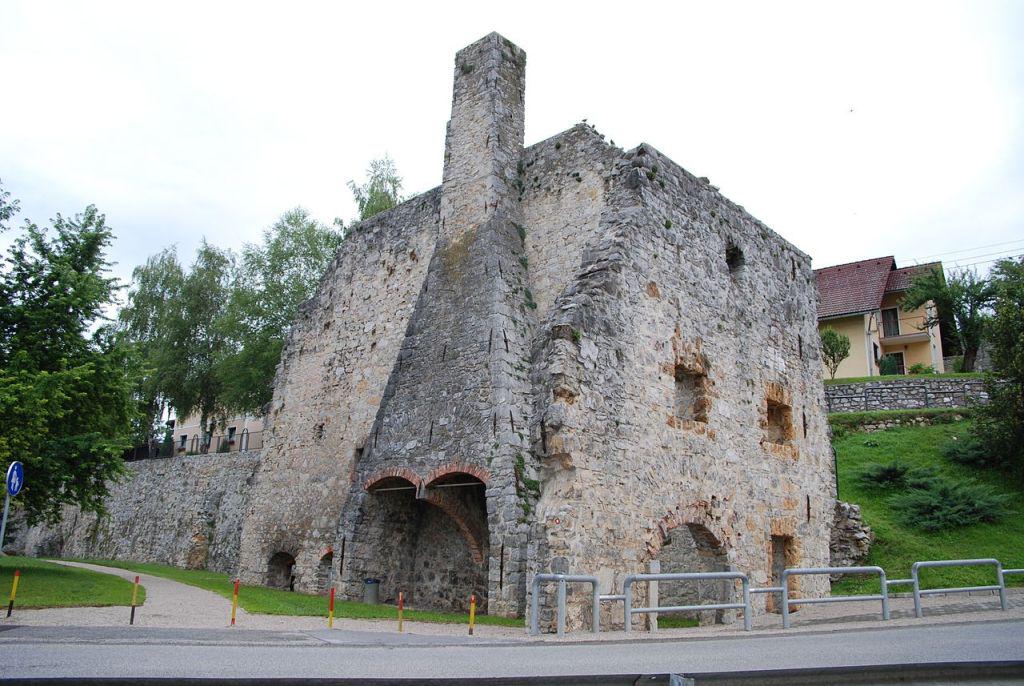
Dvor, a small village on the Krka River, is now best known for the natural beauty of its surroundings, but it was once also the site of an ironworks that supplied products to all of Europe and was at the forefront of industrialization in the Slovenian Lands.
The first foundries in the area were set up in the 18th century and they eventually grew into an extensive ironworks. The location of the plant was ideal; iron ore was plentiful in the surrounding hills and charcoal was produced using age-old methods in the extensive old-growth forests of Kočevski Rog.
The Dvor ironworks produced a wide variety of cast iron objects, including everyday items such as nails and pots, which were exported throughout Europe. The plant was renowned for producing cast iron objects only a few centimeters thick, which few other factories could master at the time. But some of the objects it made were far larger; among other things, the plant produced statues, fountains, iron platforms for the Austro-Hungarian Railroads, and Ljubljana’s iconic Hradecky Bridge.
Weapons were also made in Dvor. In the early 19th century, the leader of the Serbs, who were then rebelling against the Ottoman Turks, ordered a large shipment of arms from the ironworks. The Hapsburgs, weary of a regional rival, did not allow the deal to proceed, but the ironworks produced the weapons anyway and sold them to the Serbs Illegally.
The ironworks ultimately employed 500 people and was the second largest such plant south of the Alps. Its production techniques conformed to pre-defined quality standards – a rarity for the time. With its innovative management techniques, the plant seemed destined for success, but everything changed in 1869, when its main building was devastated by fire.
The plant was rebuilt on a smaller scale, but it had lost its competitive edge – a situation made worse by the lack of railroad links in an age when reliable transport was becoming increasingly important. The ironworks shut its doors for good in 1896.
Since then, Dvor is once again a peaceful, sleepy village that it has been for much of its existence. Only the ruins of the old ironworks, which are now officially protected for future generations and house a museum, recall its onetime industrial glory.

































































